Actually, it's the other way around than @Backlin shows: the parent environment is the one that encloses the other ones. So in the case you define, the enclosing environment of test is the local environment of fn, and the enclosing environment of test1 is the global environment, like this:

Environments behave different from other objects in R, in the sense that they don't get copied when passed to functions or used in assignments. The environment object itself consists internally of pointers to :
- a frame (which is a pairlist containing the values)
- the enclosing environment (as explained above)
- a hash table (which is either a list or NULL if the environment is not hashed)
The fact that an environment contains pointers, makes all the difference. Environments are not all that easy to deal with, they're actually very tricky. Take a look at the code below :
> test <- new.env()
> test$a <- 1
> test2 <- test
> test2$a <- 2
> test$a
[1] 2
So the only thing you copied from test in test2, is the pointers. If you change a value in test2, you change that in test as well. (Actually, you change that value only once, but test and test2 point both to the same frame).
When you try to save an environment, R has no choice but to get the values for the frame, the hash table AND the enclosing environment and save those. As the enclosing environment is an environment in itself, R will also save all enclosing environments until it reaches the global environment. As the global environment is treated in a special way in the internal code, that one is (luckily) not saved in the file.
Note the difference between an enclosing environment and a parent frame:
Say we define our functions a bit different :
a <- matrix(runif(1000000, 0, 1), ncol=1000)
save(a, file="bigfile.RData")
fn <- function() {
load("bigfile.RData")
test <- new.env()
save(test, file="far-too-big.RData")
test1 <- new.env(parent=globalenv())
save(test1, file="right-size.RData")
}
fn2 <- function(){
z <- matrix(runif(1000000,0,1),ncol=1000)
fn()
}
fn2()
Now we have the following situation :

One would think that the file "far-too-big.RData" contains both matrix a and matrix z, but that's not the case. It contains only the matrix a. This is because the enclosing environment of fn is the global environment. The parent frame of fn is the environment of fn2, but the environment object created by fn contains a pointer to the global environment.
On the other hand, if we do the following:
fn <- function() {
load("bigfile.RData")
test <- new.env()
test$b <- a
test2 <- new.env(parent=test)
save(test2, file="far-too-big.RData")
}
test2 is now enclosed in two environments (being test and the environment of fun), and both environments are saved in the file as well. So you get this situation :

Regardless of this, I personally avoid saving environments as environments, because there are more things that can go wrong. In my opinion, saving an environment as a list is in 99.9% of the cases the better choice :
fn2 <- function(){
load("bigfile.RData")
test <- new.env()
test$x <- "something"
test$fn <- ls
testlist <- as.list(test)
save(testlist, file="right-size.RData")
}
fn2()
If you need it to be an environment, you can convert it back when loading.
load("right-size.RData")
test <- as.environment(testlist)




